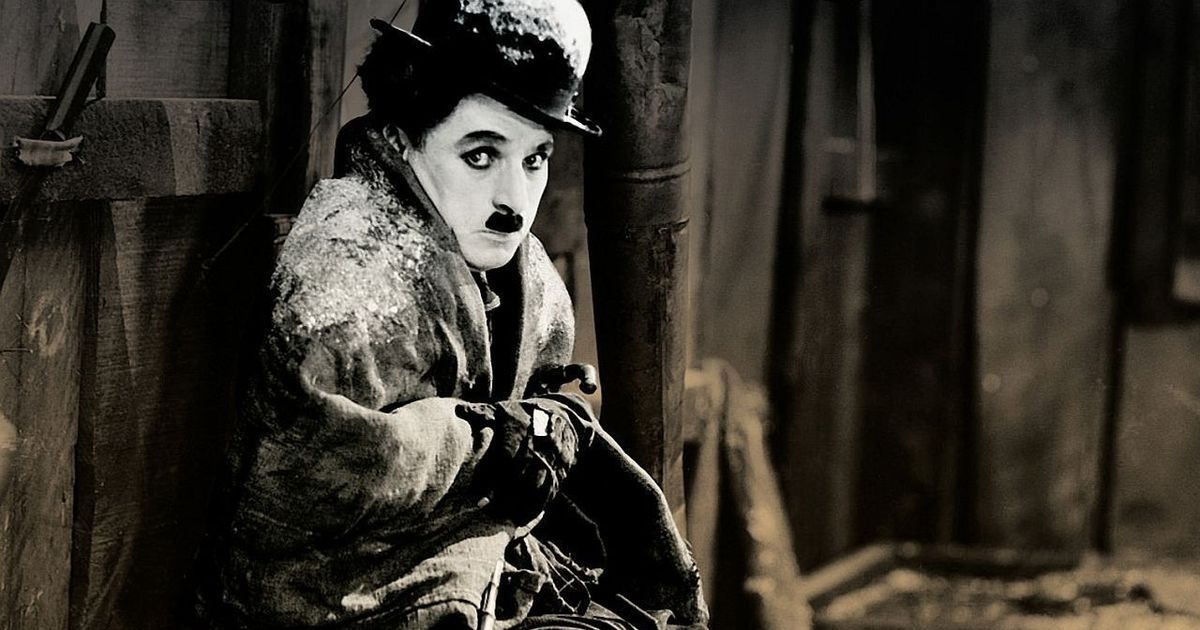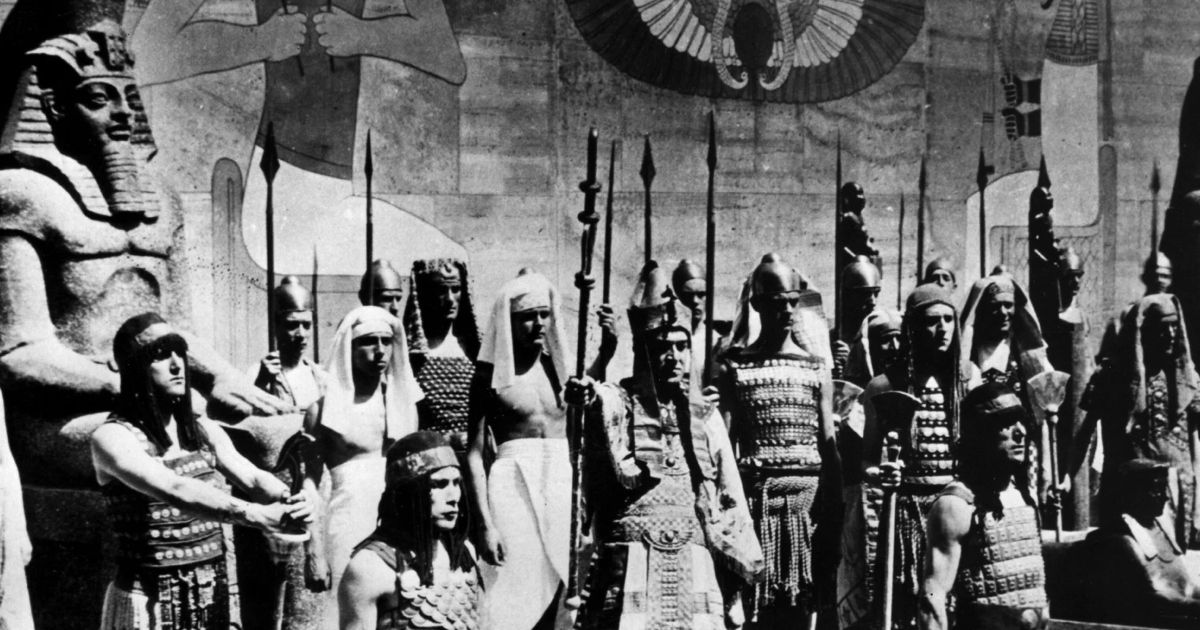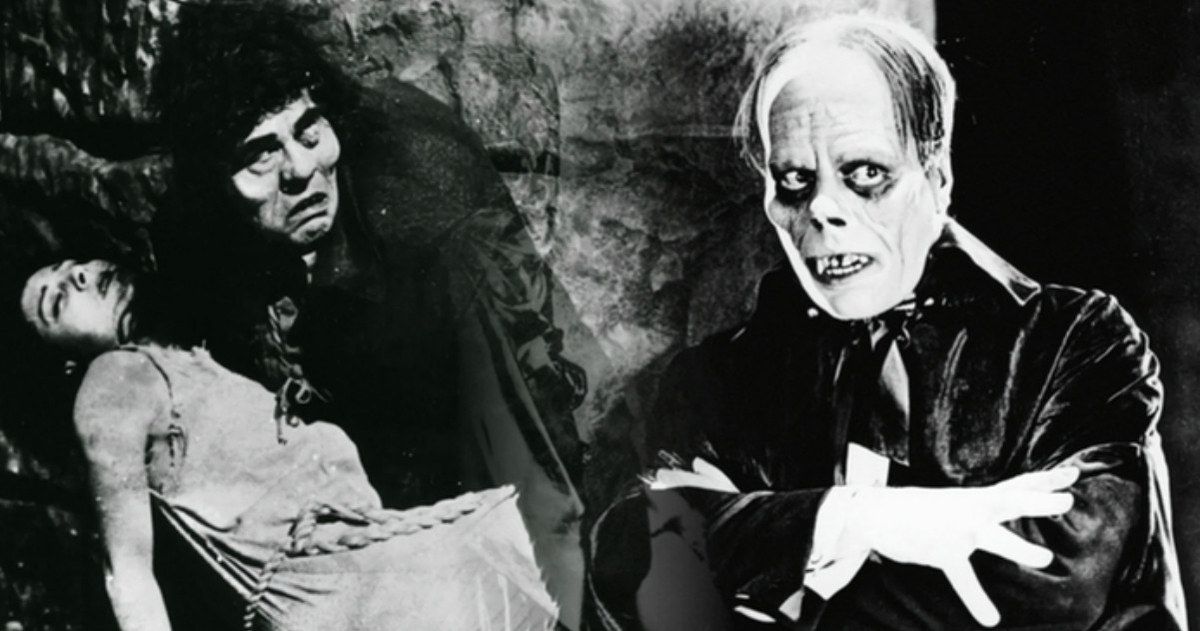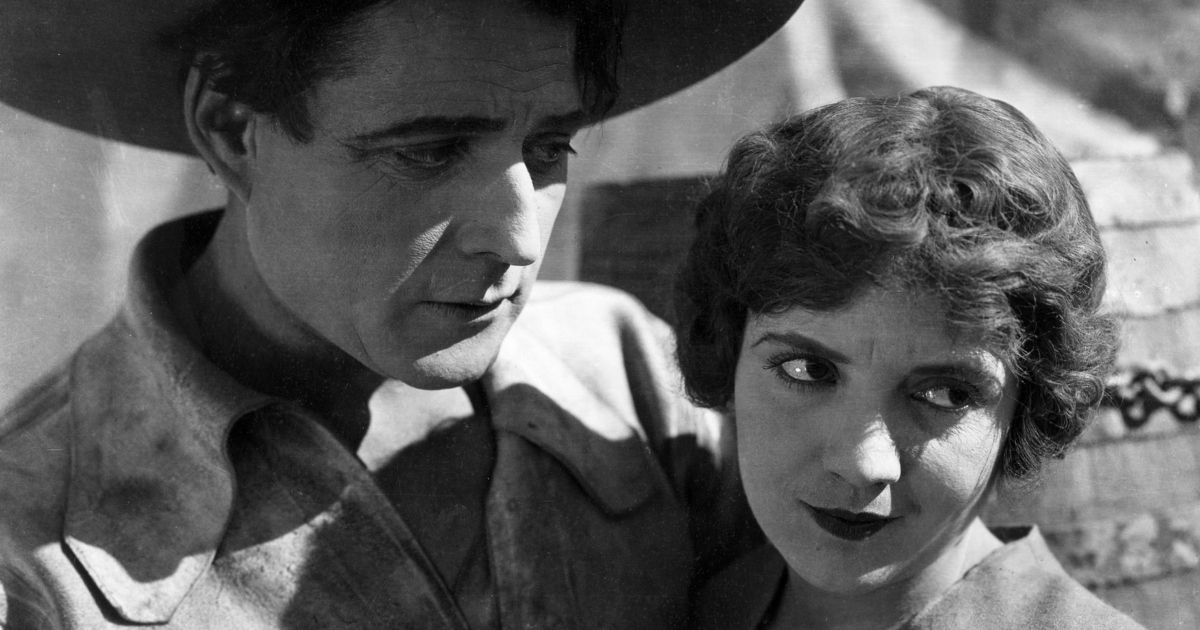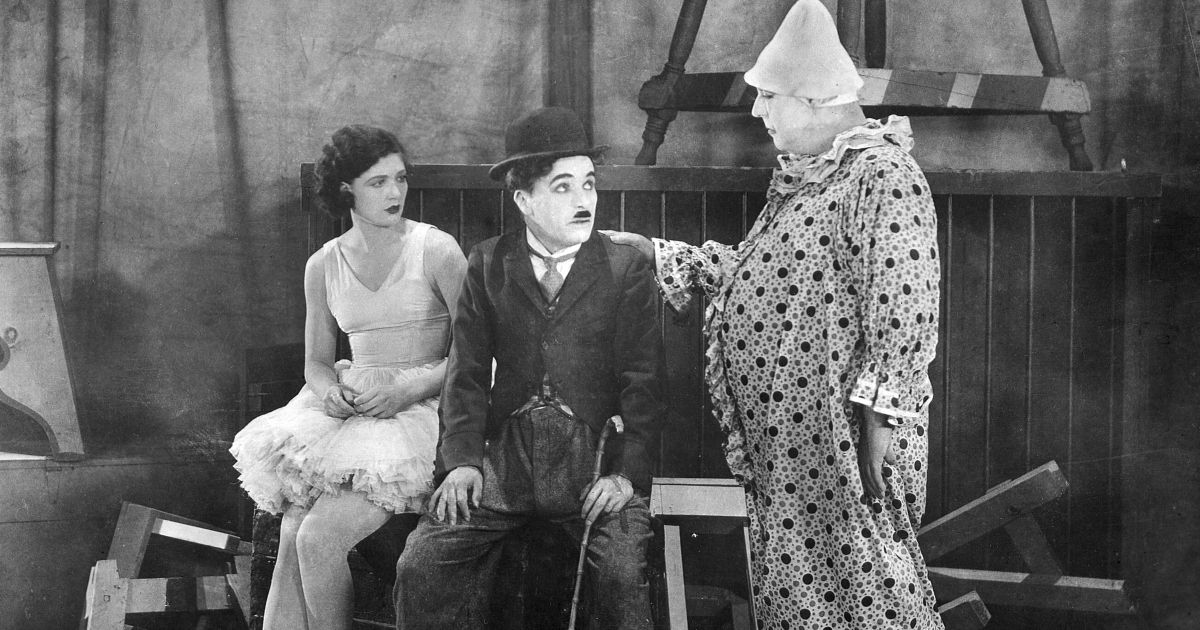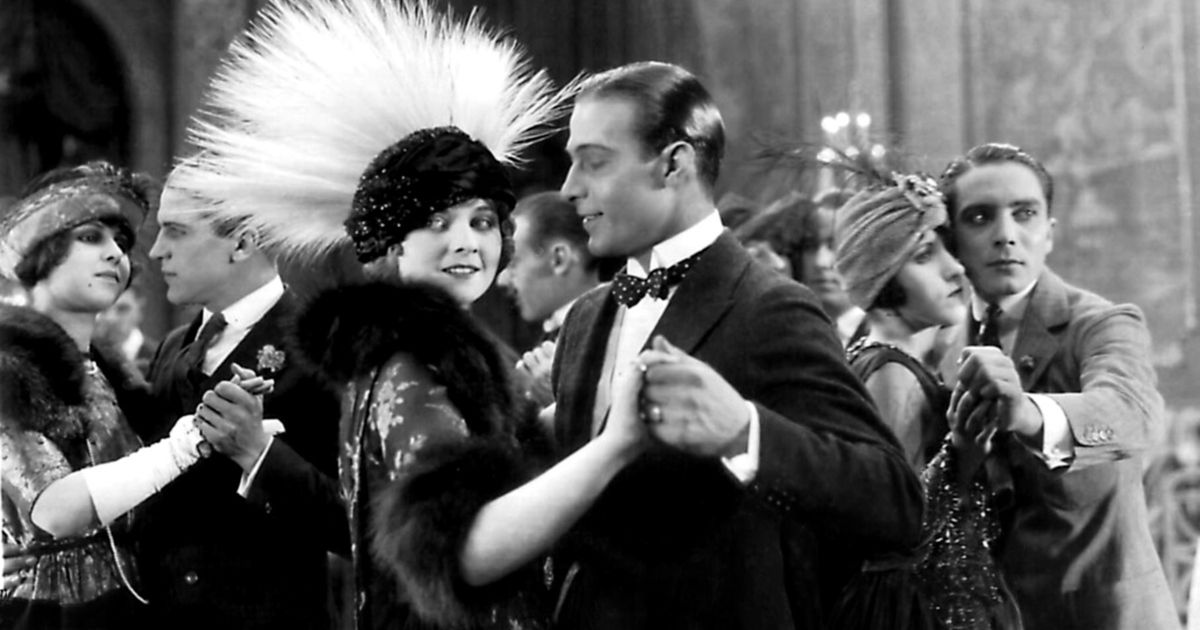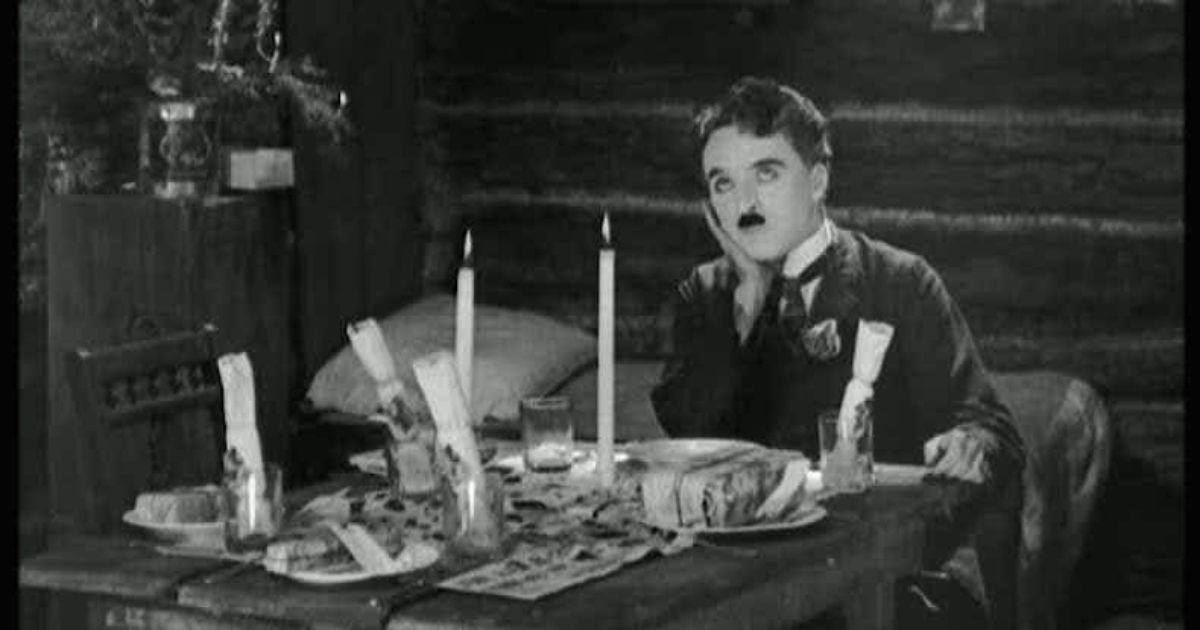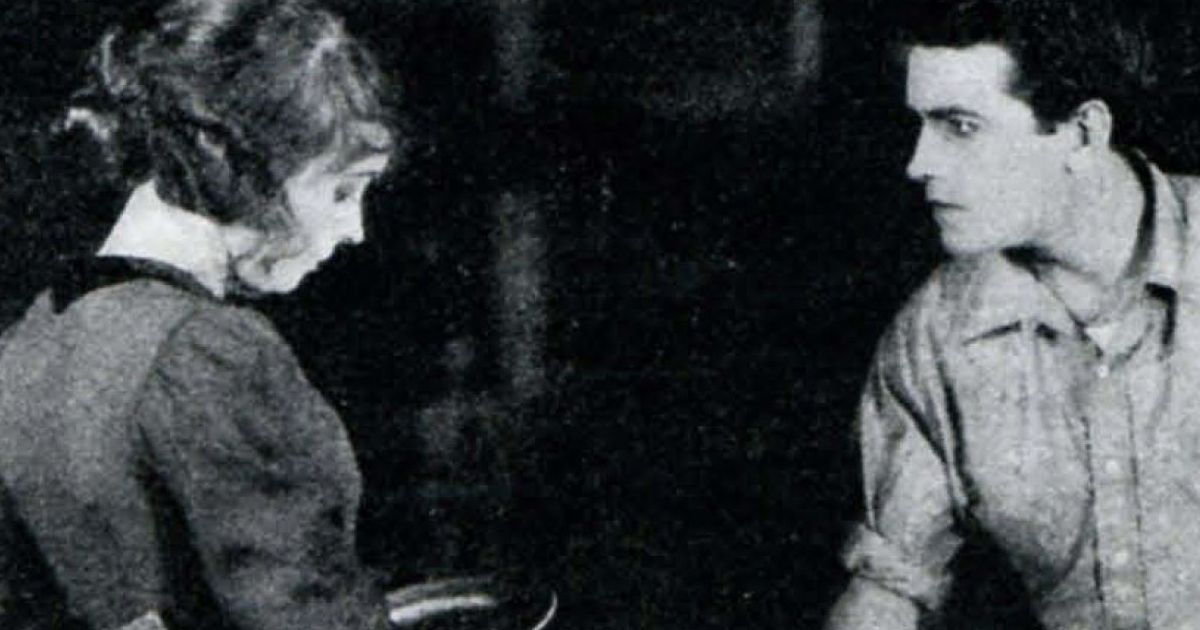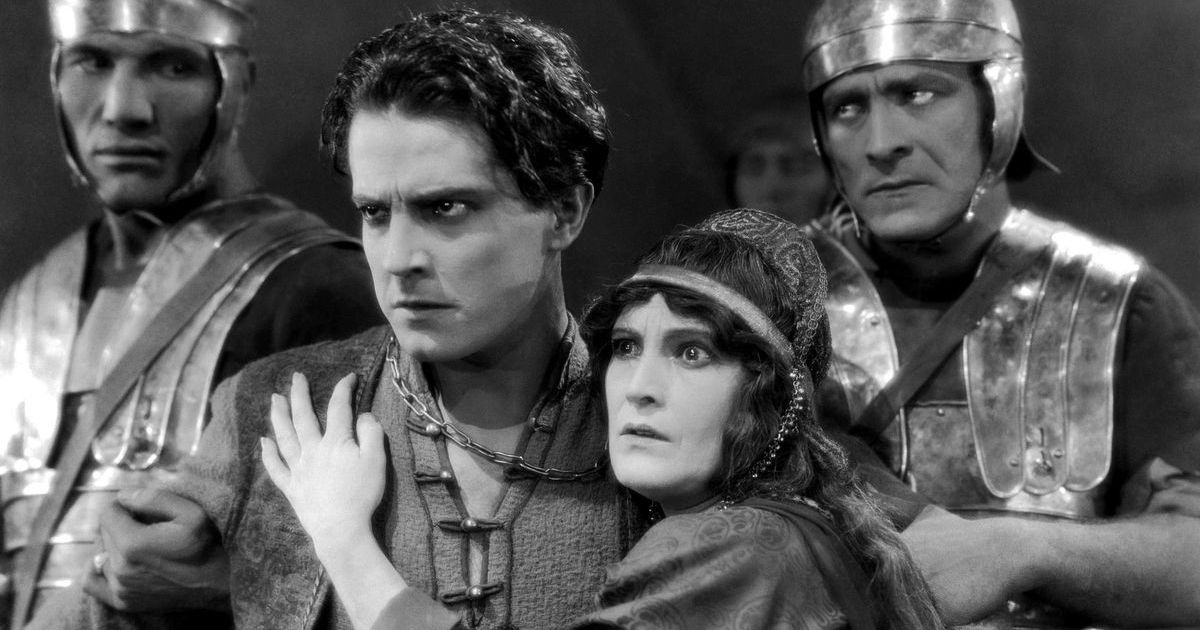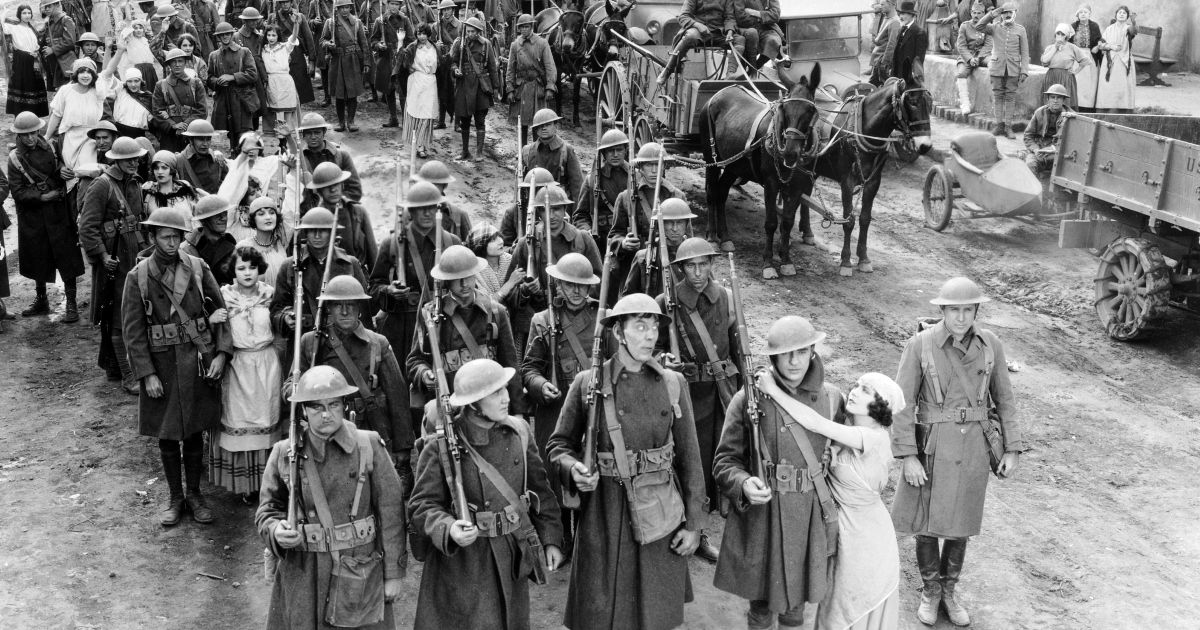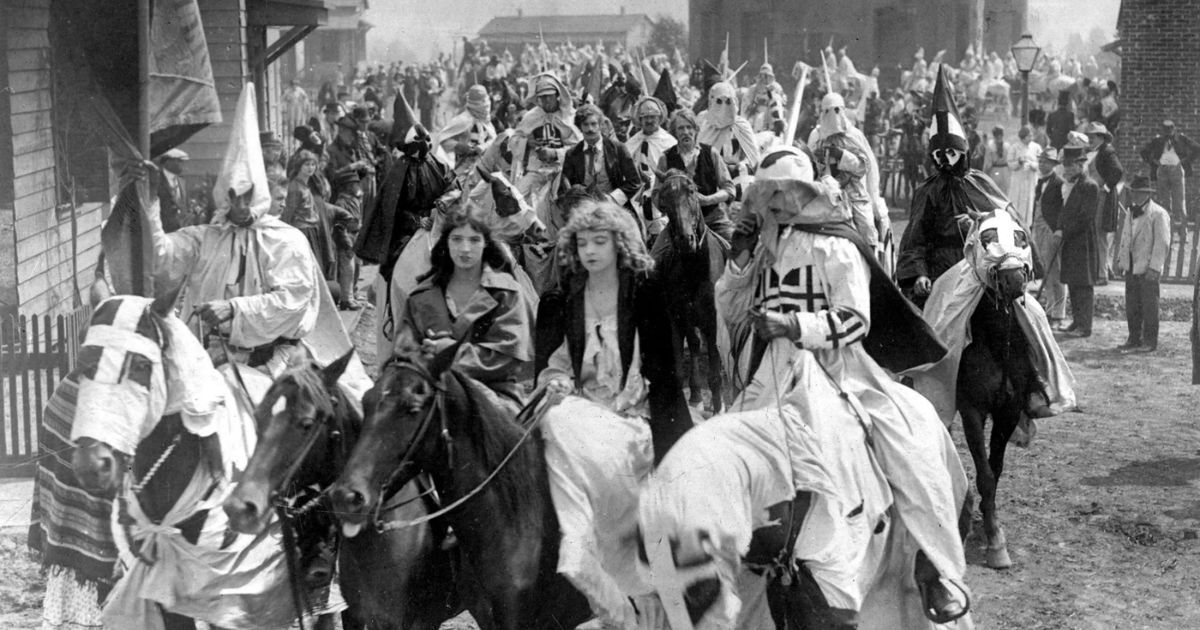Silent movies are often looked art with an air of amusement. Not because of the topics they cover but due to the quick movements of the actors, and the whimsical scripts. Nevertheless, silent films were the main form of entertainment following the inception of the film industry. The golden age of silent film occurs from the 1910s to the 1920s with films such as 7th Heaven and For Heaven's Sake ranking among some of the top-grossing films of the era.
Reviewing the rise of the silent film, it appeared as though Eadweard Muybridge's The Horse In Motion is considered one of the first silent films. The phenomenon has been discussed in films such as Nope, where the protagonists discuss capturing the significance of Muybridge's invention on the progression of the film industry itself as well as the history of capturing animals on film, both domesticated and otherwise.
Some of the most prolific silent films have covered eras such as The Gold Rush, various Judeo-Christian scriptures, and admittedly disturbing depictions of American life. Whether it be literature or sculptures, the art of an era gives viewers a better understanding of some of the most popular trends, values, and priorities of said era. Through watching these films many have either found it marvelous how many ways society has progressed with others are either shocked or disappointed by the countless similarities contemporary society and film share with the hey-days of silent films.
10 The Ten Commandments (1923)
Due to the relevance of Christianity in the development of the United States, stories such as The Ten Commandments would resonate with audiences. The premise centers around commonly known Christian concepts and figures, juxtaposing their experiences with the fundamental understanding of the Ten Commandments by most Americans during the early 20th century.
The film is split into two parts: a prologue following the life and marvels of Moses (Theodore Roberts) and a story set in 1923 following two brothers played by Richard Dix and Rod la Rocque respectively. John follows in their fervently religious mother's footsteps and vows to follow every one of the Ten Commandments while Dan is a staunch atheist who believes that religion did not set him up for success. As a result, Dan desires to break all the commandments while on his journey to the top.
The Ten Commandments is a riveting beginning to DeMille's biblical trilogy and stands as one of the most successful films in the 20th century, grossing over $3.4 million at the box office.
9 The Hunchback of Notre Dame (1923)
Inspired by Victor Hugo's 1831 novel of the same name, The Hunchback of Notre Dame has been adapted multiple times throughout the years. The 1923 adaptation places the narrative within a silent film, following the adventures of Quasimodo. Set in Paris in 1492, Quasimodo is a bell-ringer who is deaf, half-blind, and also lives with kyphosis. Manipulated by his master Jehan, Quasimodo is tasked with kidnapping Esmeralda, a Roma girl known for her captivating dancing and her role as the de jure princess of the Parisian underworld.
While recent adaptations prioritize the romantic storylines present in the film, the early 1900s iteration of The Hunchback of Notre Dame purposefully captures the grittiness of the tale that is equally alluring as a fantastical approach. For That reason, the film went on to gross over $3.5 million at the box office.
8 The Covered Wagon (1923)
The Covered Wagon, a silent Western film, finds J. Warren Kerrigan, Lois Wilson, and Alan Hale starring in a story that finds its characters traveling from Kansas to Oregon, a trip littered with crimes, secrets, and romance.
The troubled hero Will Banion joins a caravan of travelers seeking new opportunities on the West Coast. Designated as a scout alongside Sam Woodhull (Hale), Banion struggles to maintain stability among the group. As one may predict, the group is met with horrific experiences, namely diseases. In the literal sense, starvation and weather-related illnesses constantly threaten the group. However, a far more insidious "gold fever" spreads from family to family, appealing to their desire for financial stability or in some cases, greed.
Considered a major production that sought to "elevate the Western genre", The Covered Wagon proved to be an engaging film for audiences, grossing over $3.8 million box office.
7 The Circus (1928)
Directed, written, produced, and starring iconic performer Charlie Chaplin, The Circus is a silent film that follows the mishaps and miracles of a struggling circus. Tramp (Chaplin), a poor and starving man, finds himself at the center of the latest spectacle. After a misunderstanding with, and subsequent escape from, the police, Tramp stumbles upon a performance. Unbeknownst to him, his many quirks land him a position as a property man.
With fortune-tellers, tightrope walkers, and stern ringleaders, the spectacle each archetype provides makes a film like The Circus appealing at a glance. However, the budding romance between Tramp and performer Merna as well as his standoff with the ringleader himself, The Circus proved to be a monumental success in 1928, grossing over $3.8 million after its release.
6 The Four Horsemen of the Apocalypse (1921)
Billed as one of the first anti-war films to debut in the United States, The Four Horsemen of the Apocalypse doubles as a silent film and an epic war film. Directed by Rex Ingram, the film follows famous Argentine landowner Madriaga (Pomeroy Cannon), colloquially known as the centaur, and his multicultural family. Despite his various feelings for his sons-in-law, Madriaga is most affectionate towards Julio (Rudolph Valentino), the protagonist of the film. Numerous life changes find the family split up with Julio leaving Argentina for France. Despite his relative happiness in France, the First World War rattles Europe and much like many of his peers of that time, Julio enlists on behalf of France.
Much like most war films, The Four Horsemen of The Apocalypse includes a favorable protagonist in Julio as well as poignant messages about the brutality of war. The film was an immediate success in the United States, grossing over $4 million at the box office.
5 The Gold Rush (1925)
Charlie Chaplin returns to the list with another successful comedy. The Gold Rush finds the familiar Tramp (Chaplin) trapped in a blizzard with another gold prospector and a criminal on the run. Whether it be in the confines of a tiny cabin or surrounded by the excitement contained in a gold boom town, the trio embark on a pursuit of gold that prompts them to consider more about their dreams of wealth.
Reportedly believing that comedies and tragedies were not too far from one another, Chaplin wished to combine the terror behind real-life events such as the Klondike Gold Rush and the Donner Party with the whimsical comedy he was widely celebrated for. Chaplin, alongside Mark Swain and Tom Murray, provides enough amusing moments for audiences to look past the dire situation. Due to Tramp's entertaining portrayal, audiences also have a hero in comedy to root for. Chaplin himself earned $2 million from the film while The Gold Rush grossed over $4.25 million in 1926.
4 Way Down East (1920)
D.W. Griffith's romantic drama, Way Down East, stars Lillian Gish as the unfortunate yet admirable Anna Moore. Swindled by a lover and struck with a horrifying loss, Anna is left to fend for herself. As viewers watch her journey from loneliness to stumbling upon a job and a greater community, themes of ostracization, betrayal, and gossip start to fester. At her new position, she comes across David Bartlett (Richard Barthelmess) and his family, the former seeming to take an interest in her. Everything from the slowly growing romance to the prevalent gossip accelerates toward an explosive climax that leaves the townsfolk in awe.
Due to its gripping plot, the expensive production, and the strength of Moore and Barthelmess' portrayals, the film went on to gross over $5 million in 1920.
3 Ben-Hur (1925)
Based on General Lew Wallace's Ben Hur: A Tale Of The Christ, the film of the same name, is a silent epic produced by MGM. The film finds Roman Navarro starring as the titular Ben-Hur, a Jewish prince. The prince is introduced in the context of his friendship with the influential Roman tribune Messala, portrayed by Francis X. Bushman. Their connection soon collapses after Ben-Her is unjustly imprisoned, coinciding with Messala's corrupt ambitions.
An encounter with Jesus Christ and the subsequent bond formed with Roman admiral Quintus Arrius, Ben-Hur finds himself more than prepared to fight for justice, even if it means that it comes at the expense of his childhood friend's status. The fascinating drama was a resounding success at the box office, grossing over $5.5 million in 1925.
2 The Big Parade (1925)
Written by Lawrence Stallings and directed by King Vidor, The Big Parade centers around the journey of Jim Apperson (John Gilbert), a son of a wealthy American business executive in 1917. Marked by his indolence, Jim initially refrains from enlisting however, a run-in with his friends inspires him to enlist alongside them. During his training, Apperson finds friends in Slim (Karl Dane), a Southern Construction worker, and Bull (Tom O'Brien), a Bronx bartender. After arriving in France, the three find love, grow closer and have harrowing dangers on the war front.
The enthralling drama, with its splices of romance and warmhearted camaraderie, went on to gross $6.4 million at the box office, marking it one of the most consumed marvels of the silent film era.
1 The Birth of a Nation (1915)
Quite possibly the most infamous film in American history, The Birth of a Nation, is a silent film that centers around America during the Civil War and Reconstruction. Starring Lillian Gish, the follows two families, the Stonemans of the North and the Camerons of the South, and their continued bond beyond the Civil War.
Incorrectly framing Reconstruction as an anti-white socio-political movement, the film relies on racial stereotypes to prop up the Ku Klux Klan as a false messianic force that unites the white population of the North and South against the Black Americans antagonized throughout the storyline. Violent stereotypes likening Black Americans to animals, infantilizing white women, and the general loathing towards interracial relationships are examples of the abhorrent rhetoric popularized by the film.
Despite criticisms of the film during the time of its release, The Birth Of A Nation went on to be a monumental success in theaters across the country as well as in special screenings in institutions such as The White House. Resonating with many Americans' allegiance to white supremacy, the film grossed over $10 million after its release.

